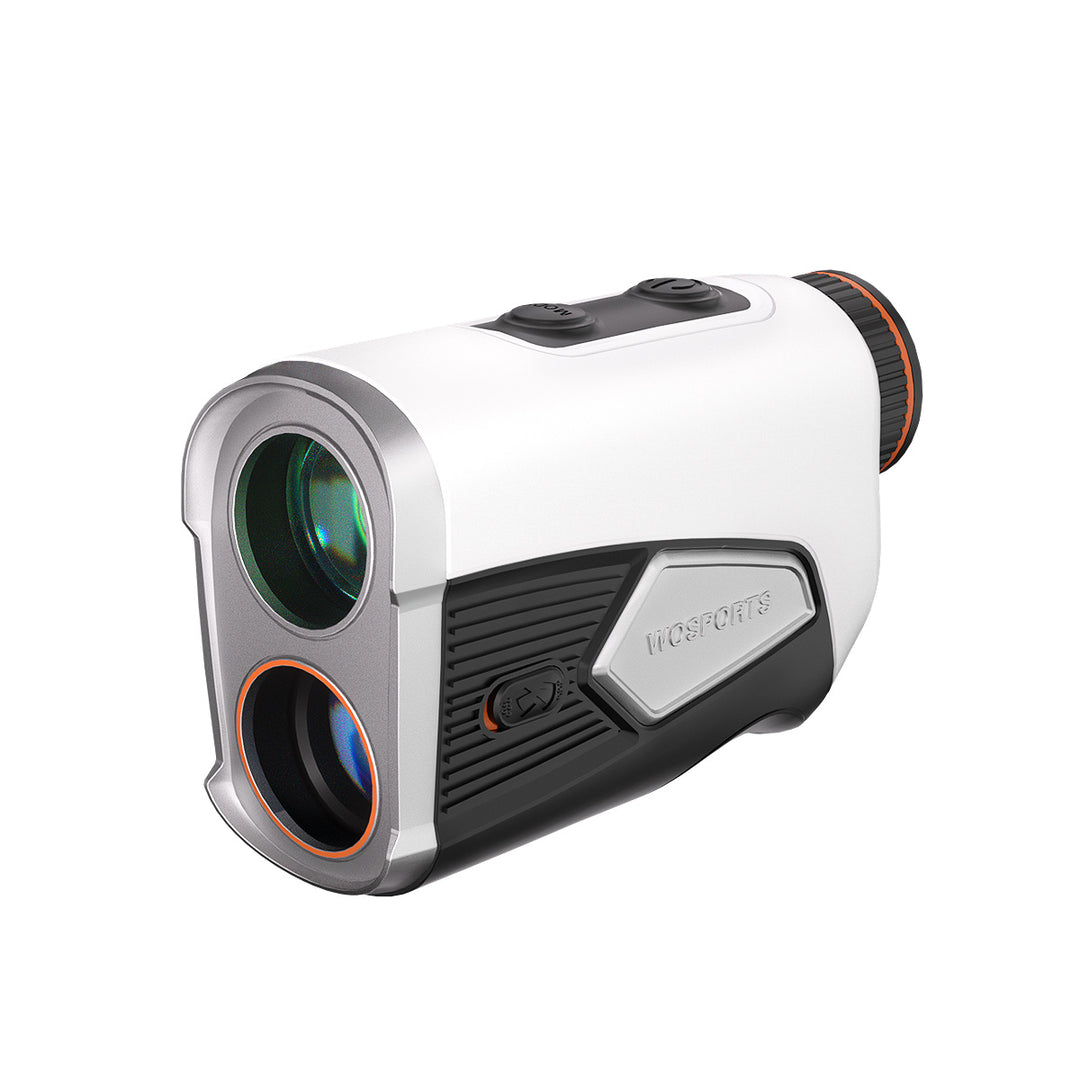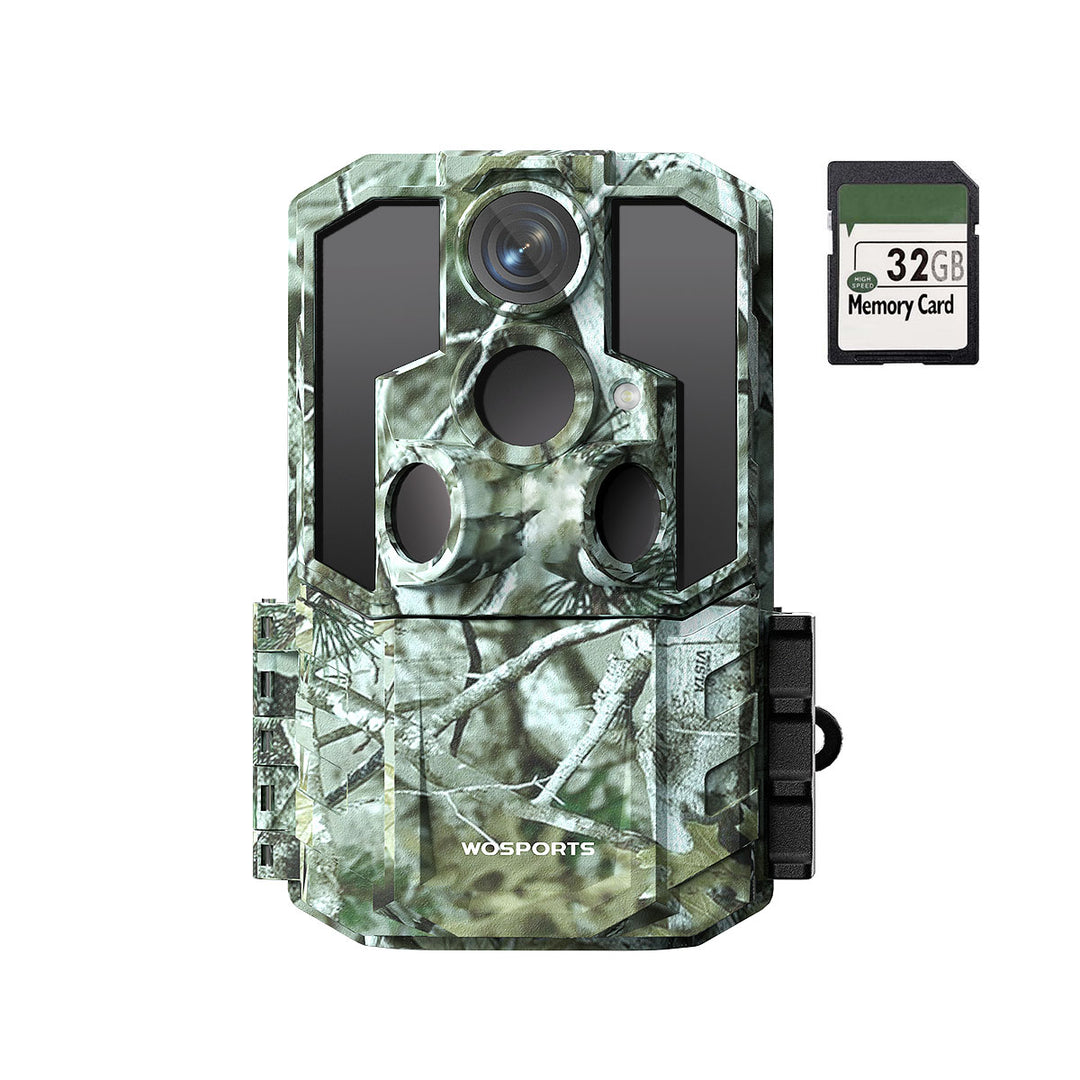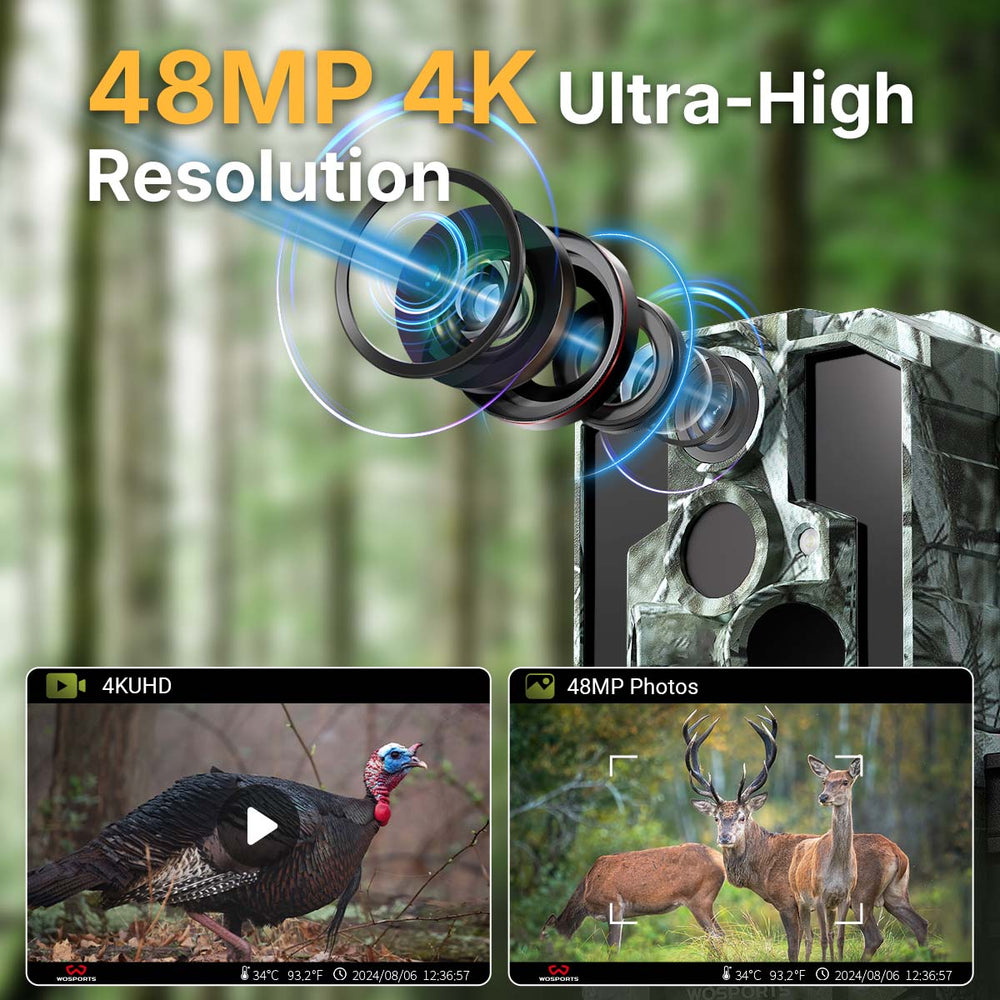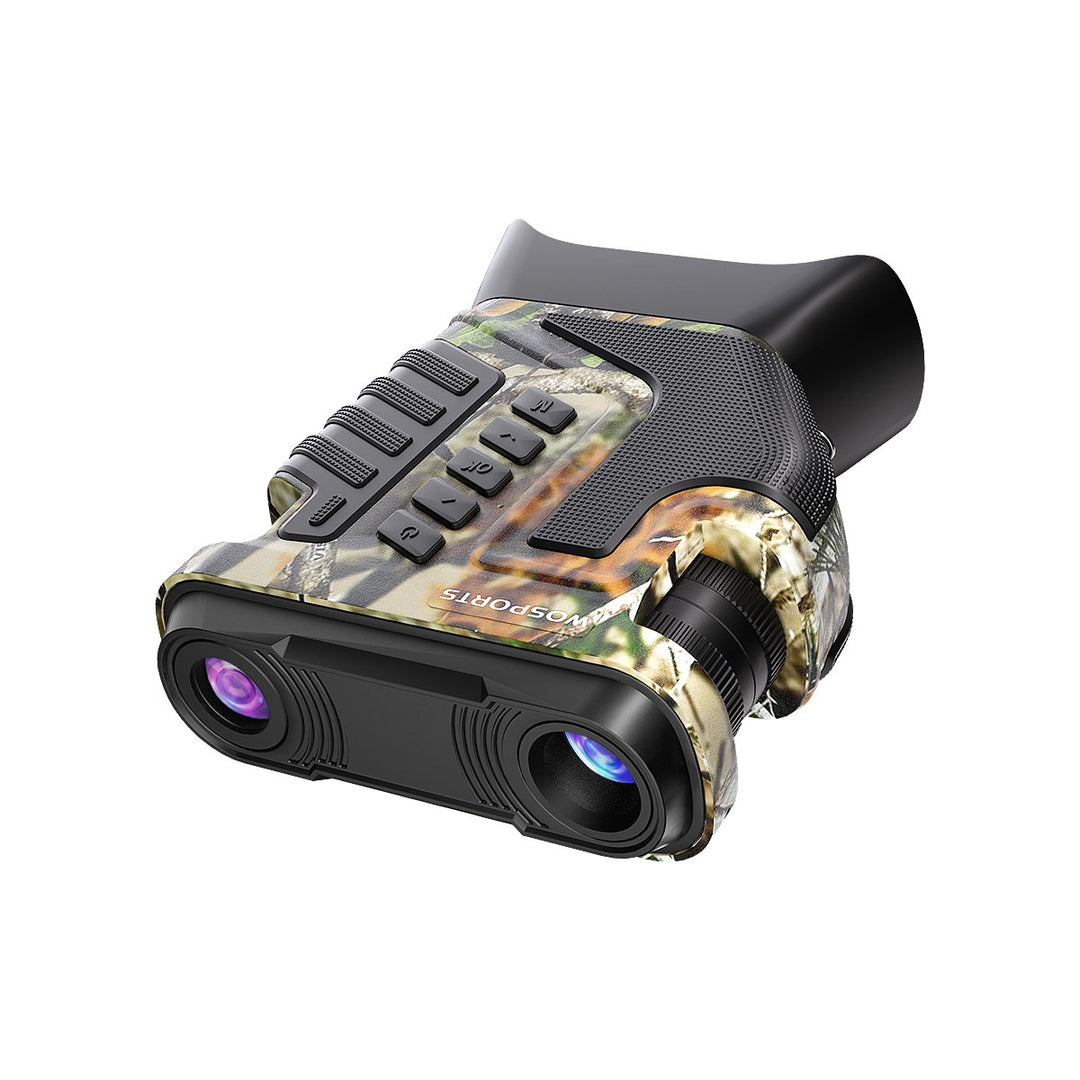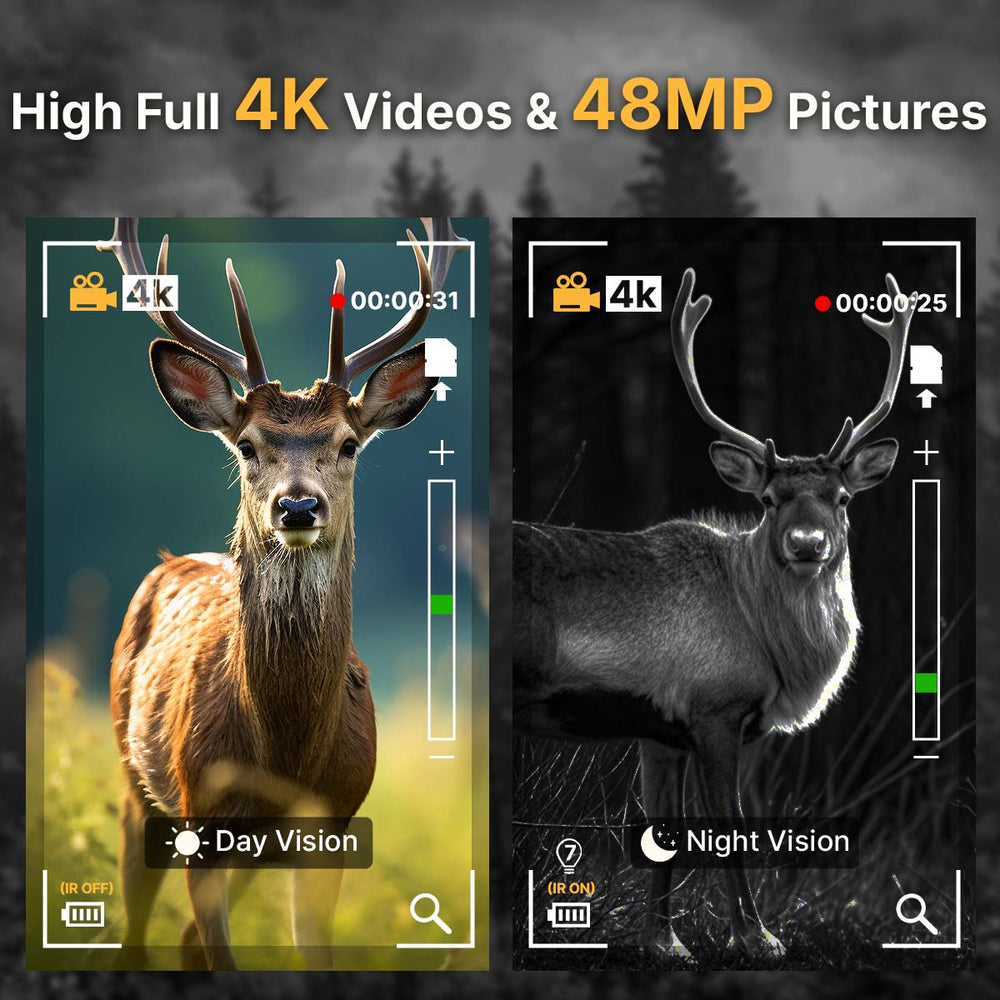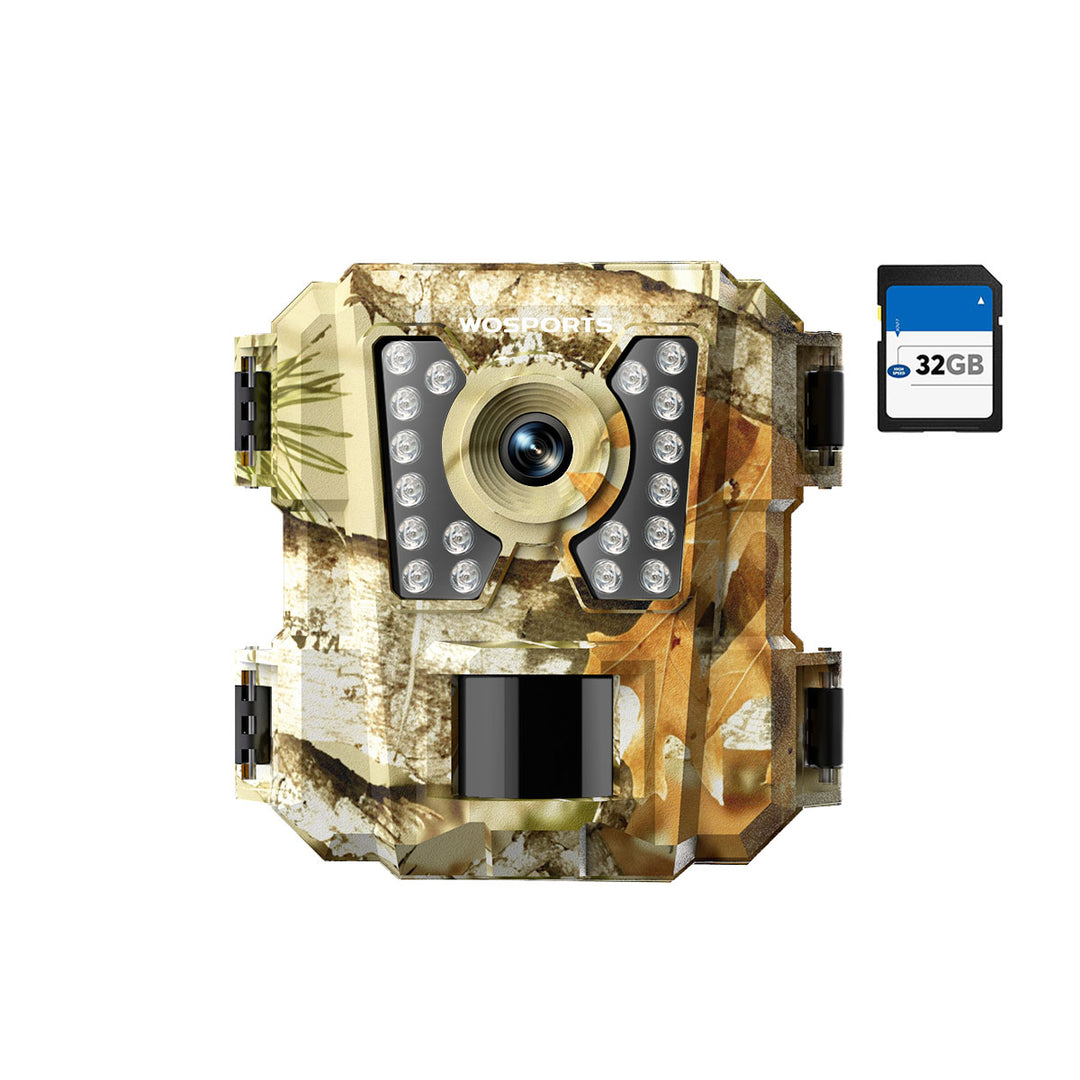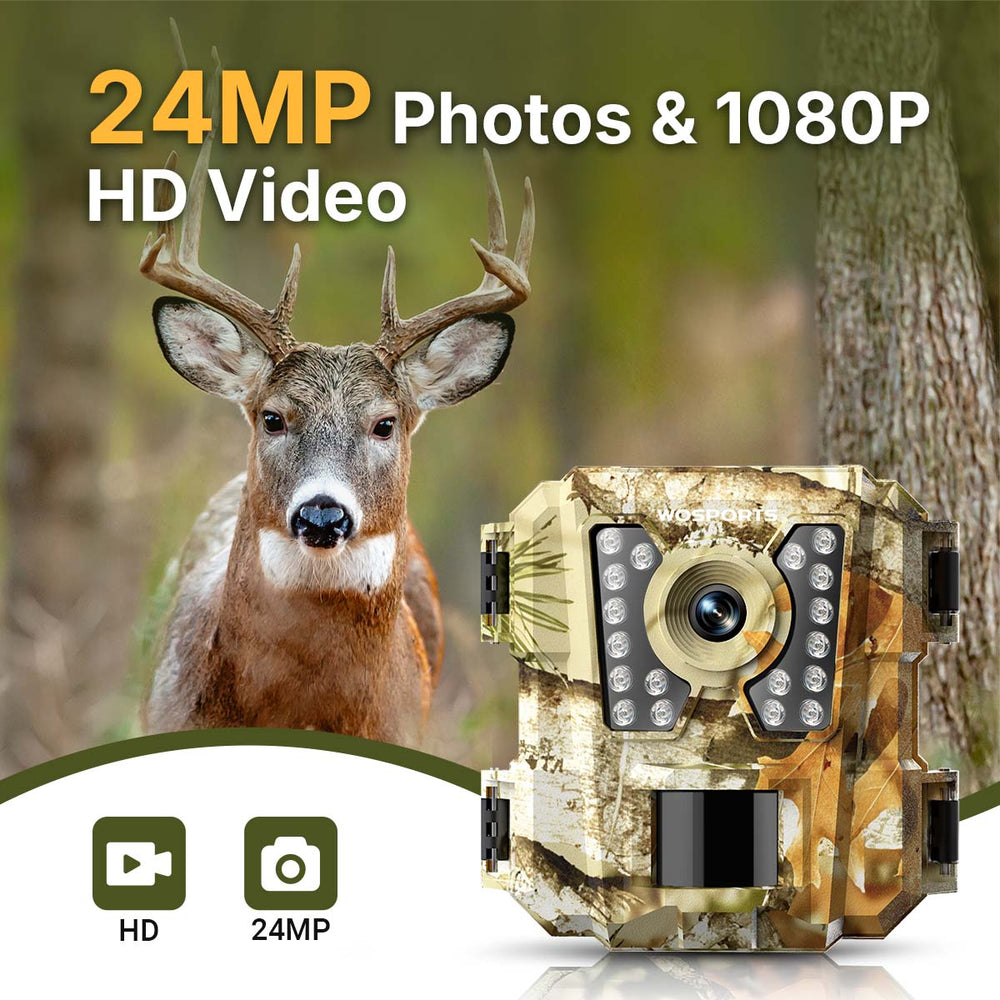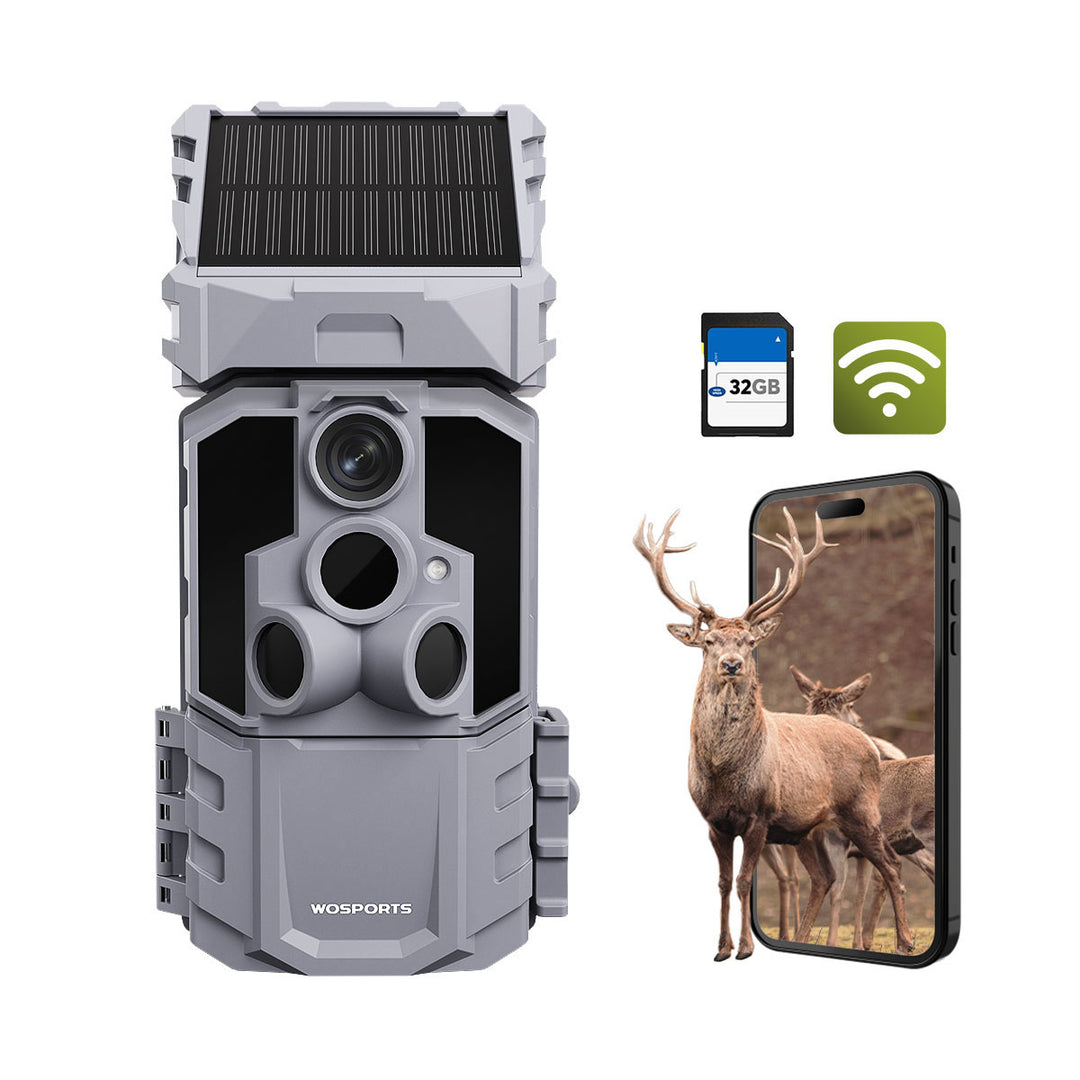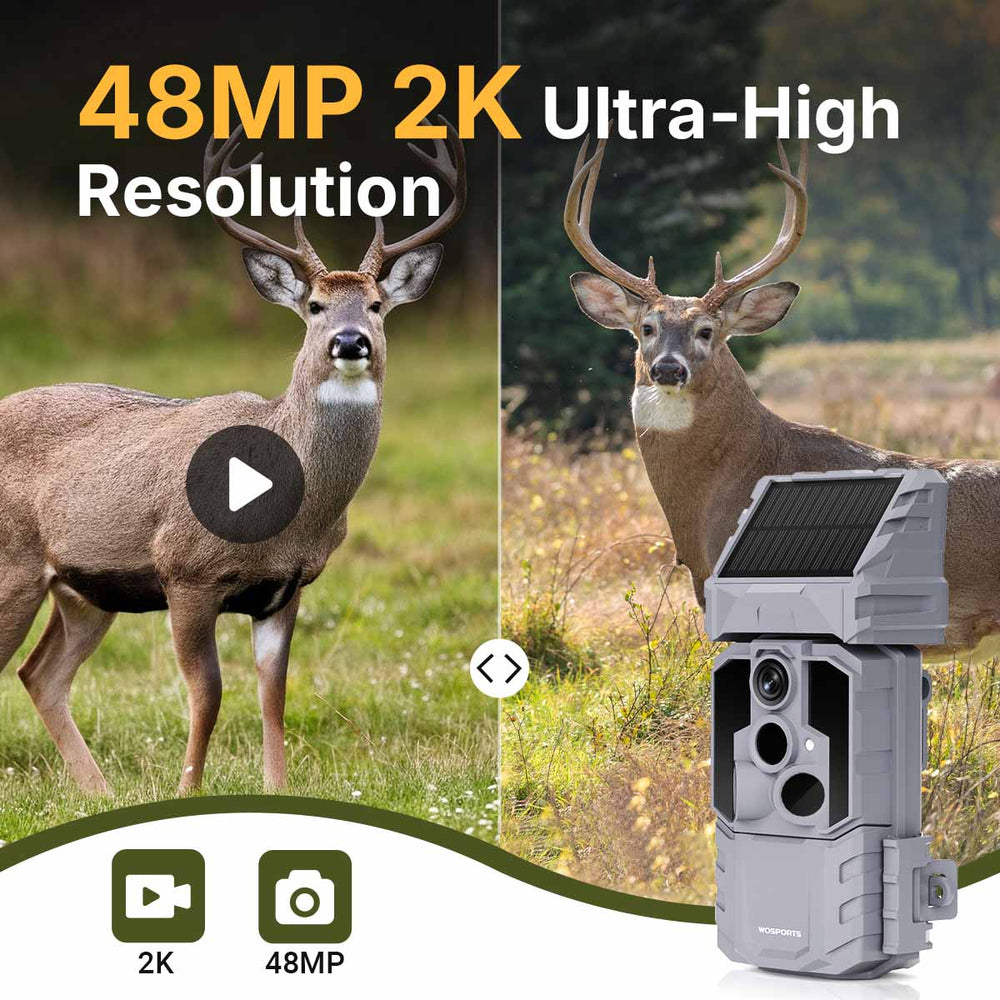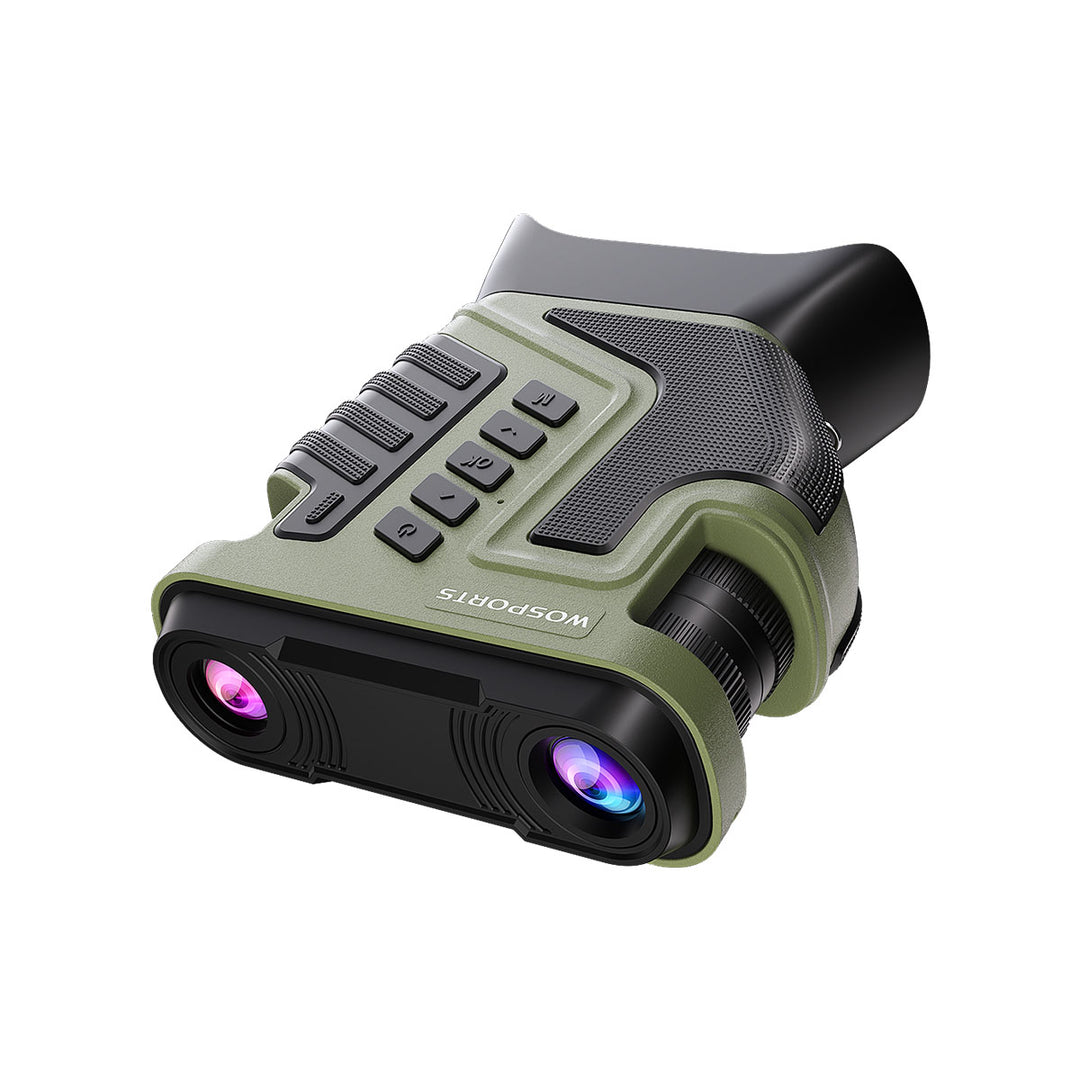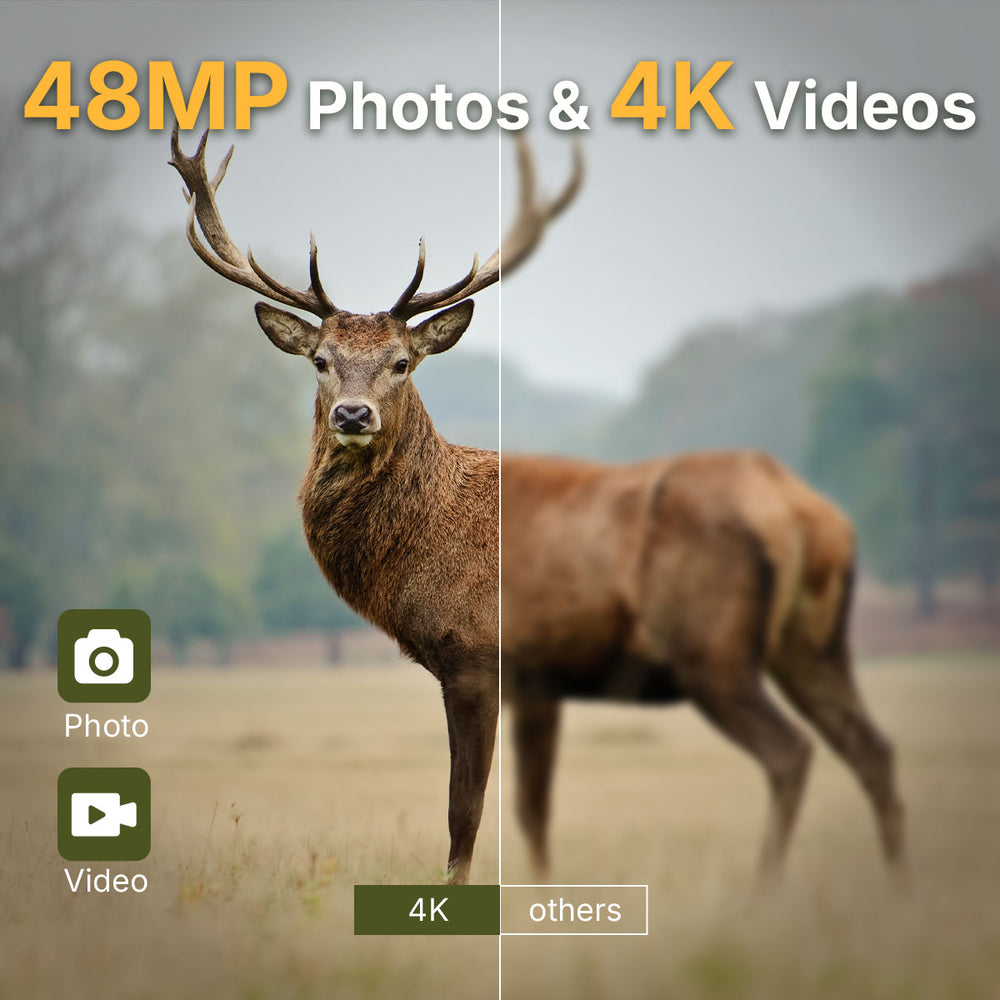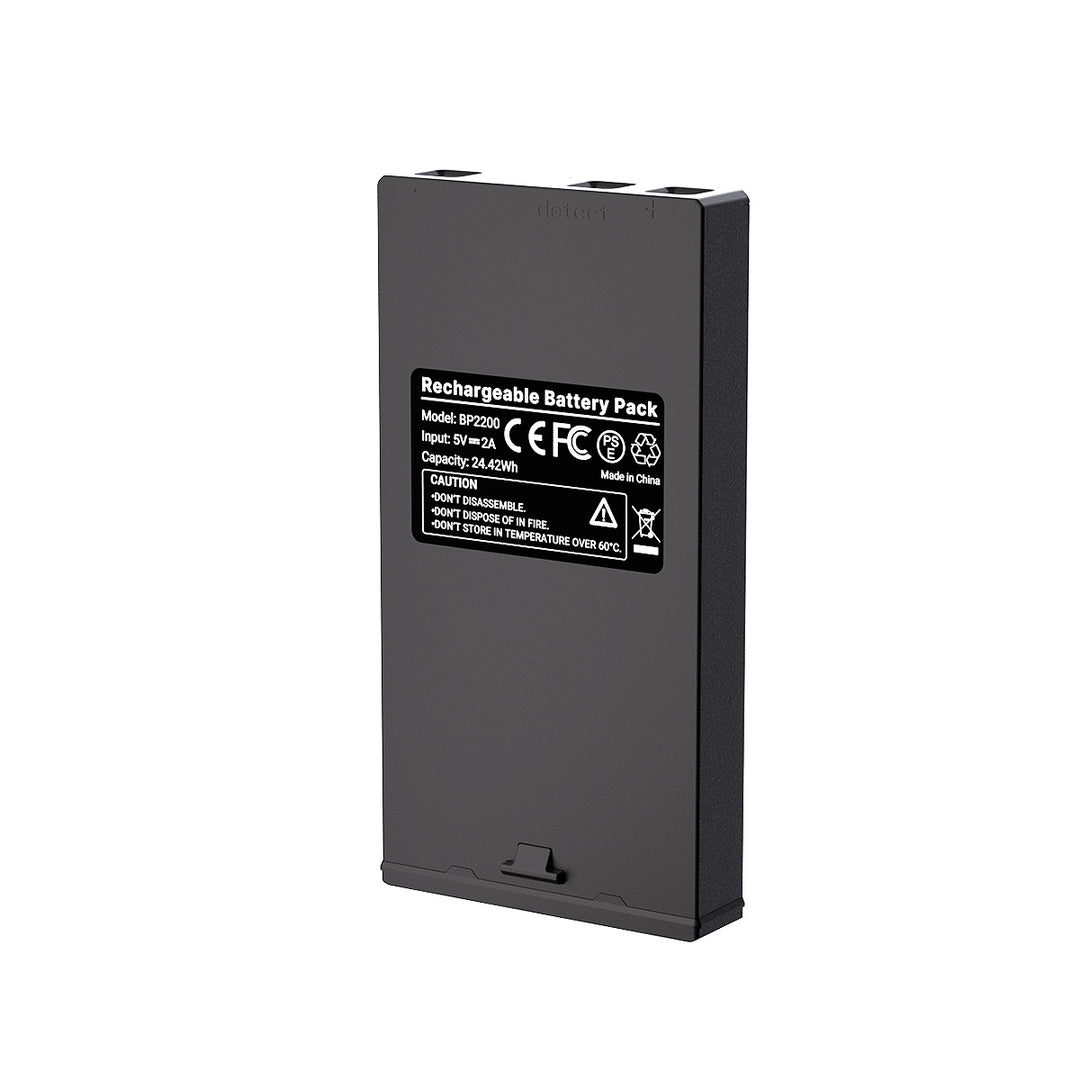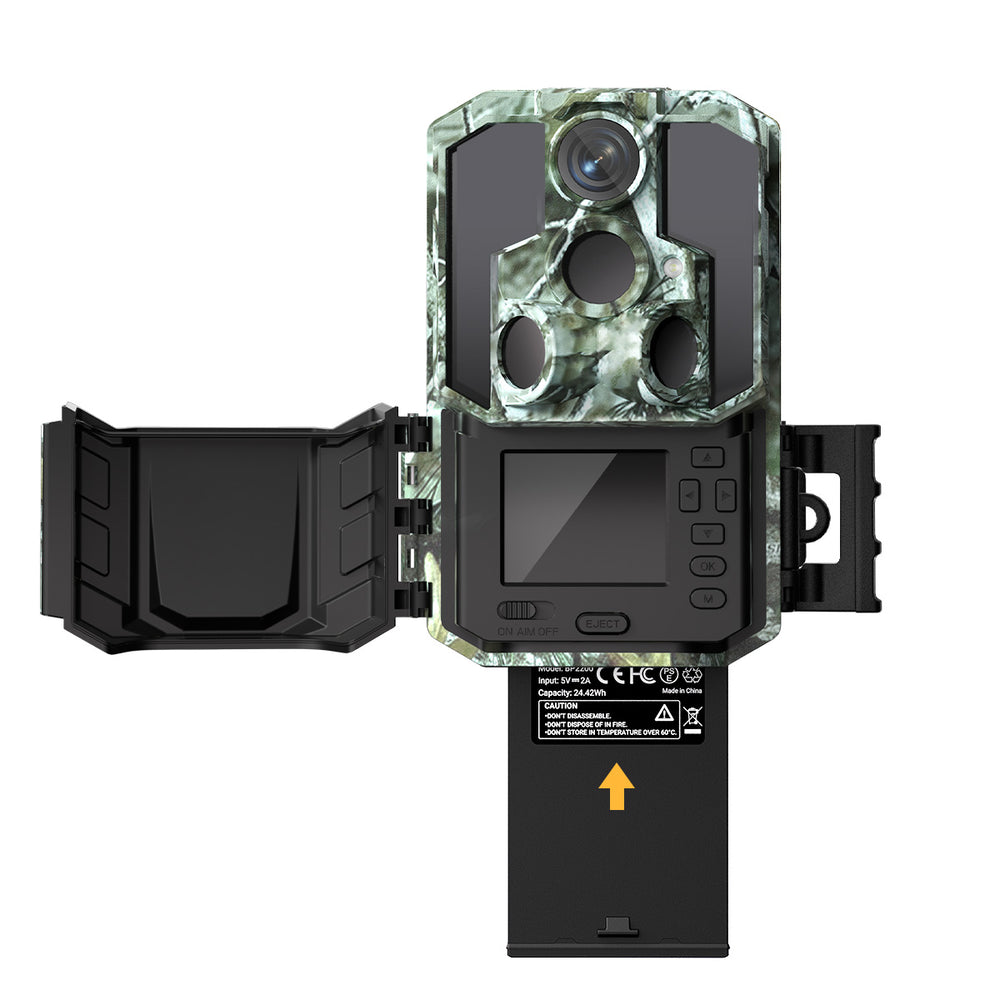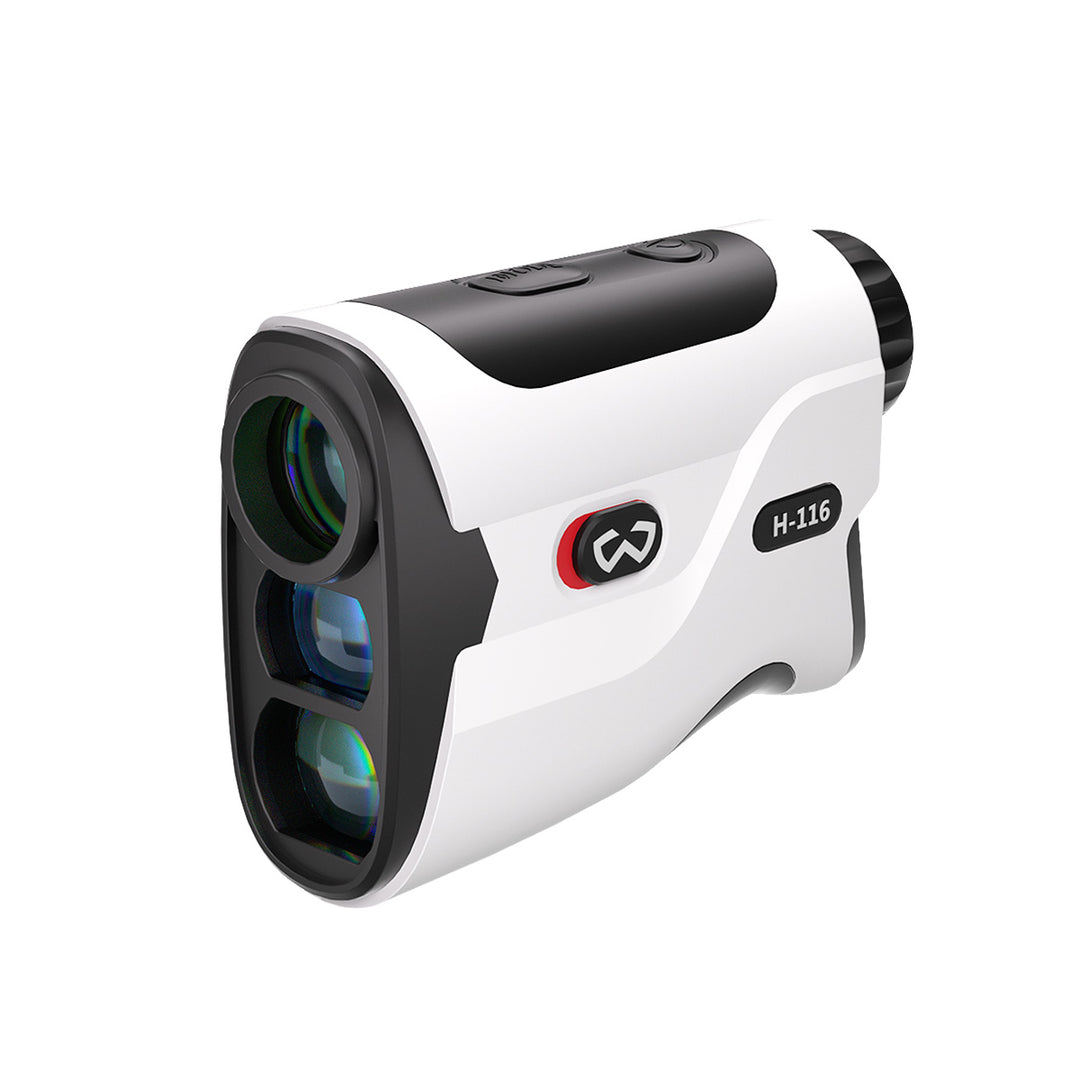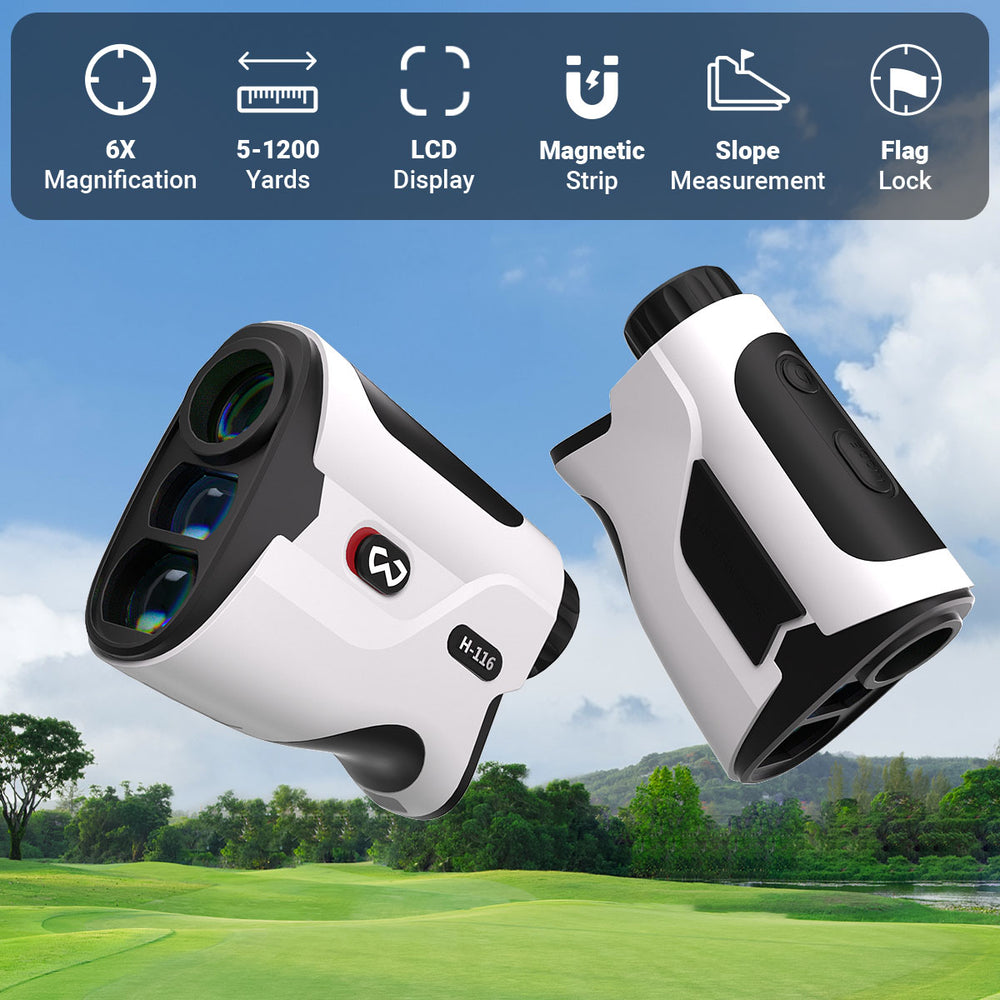How to Use a Golf Rangefinder: A Step-by-Step Guide
What Is a Golf Rangefinder?
A golf rangefinder is an invaluable tool designed to assist golfers in accurately measuring distances on the golf course, enabling them to make more informed decisions about their shots and club selection. By providing precise measurements to the pin, hazards, or other points of interest, a rangefinder helps golfers enhance their performance and overall enjoyment of the game.

Why Use a Golf Rangefinder?
The use of a laser rangefinder of golf can bring numerous benefits to players of all skill levels, including the ability to improve shot accuracy, select the appropriate club with confidence, and save time by quickly determining distances. For those who are new to golf or seasoned players seeking to refine their skills, a rangefinder offers a reliable way to gain a competitive edge while making the game more enjoyable.
Types of Golf Rangefinders
1. Laser Rangefinders
Laser rangefinders operate by emitting a laser beam that bounces off a target, such as a flagstick or hazard, and measures the time it takes for the beam to return. Known for their pinpoint accuracy, these devices are highly effective for determining distances to specific points on the course.

2. GPS Rangefinders
GPS rangefinders use satellite data to provide distances to various features of the course, such as greens, fairways, and bunkers. These devices often come preloaded with maps of thousands of courses worldwide, making them incredibly convenient for golfers who frequently play at different locations.
3. Hybrid Rangefinders
Combining the strengths of both laser and GPS technologies, hybrid rangefinders offer a versatile solution for golfers who want the precision of laser measurements along with the comprehensive course data provided by GPS systems.
Step-by-Step Guide: How to Use a Golf Rangefinder
Before stepping onto the course, take the time to familiarize yourself with the features and settings of your rangefinder for golf by thoroughly reading the user manual. Understanding functions such as slope adjustment, pin-seeking technology, and distance units will ensure you can fully utilize the device.
Turn on your golf range finder and check that it is functioning properly, ensuring that the batteries are fully charged or replaced if necessary. Some models may require initial calibration or settings adjustments before use.
To use a laser rangefinder, hold the device steady while aiming it at your chosen target, such as the flagstick or a specific hazard. Look through the viewfinder and align the crosshair or aiming reticle with the intended target for accurate readings.

Press the designated button to activate the measurement process. For laser rangefinders for golf, the distance to the target will typically appear on the display within seconds, while GPS rangefinders may show distances to multiple points on the course.
Once you have the distance reading, use the information to decide which club to use and how much power to apply to your swing. Consider additional factors such as wind direction, elevation changes, and personal shot tendencies to make the best decision.
Achieving consistent results with your rangefinder requires practice, so spend time on the driving range or during practice rounds to become comfortable with the device. The more familiar you are with its operation, the more effective it will be during actual play.
Tips for Using a Golf Rangefinder Effectively
1. To ensure accurate readings, hold the device as steady as possible by using both hands or a tripod if necessary.
2. Take multiple readings of the same target to confirm consistency and accuracy.
3. Learn how to adjust for slopes and elevation changes if your golf laser rangefinder includes this feature, as it can greatly affect your strategy.
4. Keep the lens or display clean and free of debris to maintain clarity and precision during use.
5. Always verify that your rangefinder is set to the correct measurement units, such as yards or meters, based on your preferences.
Common Mistakes to Avoid
1. Failing to check the battery level before starting your round, which can result in the device losing power mid-game.
2. Relying solely on the range finder for golf for distance information without considering other variables, such as wind speed or course conditions.
3. Misinterpreting slope-adjusted distances if you are unfamiliar with how this feature works.
Frequently Asked Questions
Q1: Can I use a golf rangefinder in tournaments?
Yes, many tournaments permit the use of golf rangefinders, but devices with slope adjustment features are typically prohibited under standard rules. Always review the tournament guidelines to ensure compliance before using your rangefinder.
Q2: How accurate are golf rangefinders?
High-quality golf rangefinders can provide measurements that are accurate to within one yard, making them highly reliable for improving your game.
Q3: Are GPS or laser rangefinders better?
The choice between GPS and laser rangefinders depends on personal preferences and playing style. Laser rangefinders are ideal for precise measurements to individual targets, while GPS devices offer broader course information, such as distances to greens and hazards.
Search
Popular Posts
Recent Posts

Nov 28, 2024
Troubleshooting Common Trail Camera Issues
Jan 10, 2025
Why Does My Trail Camera Stop Working at Night?

































